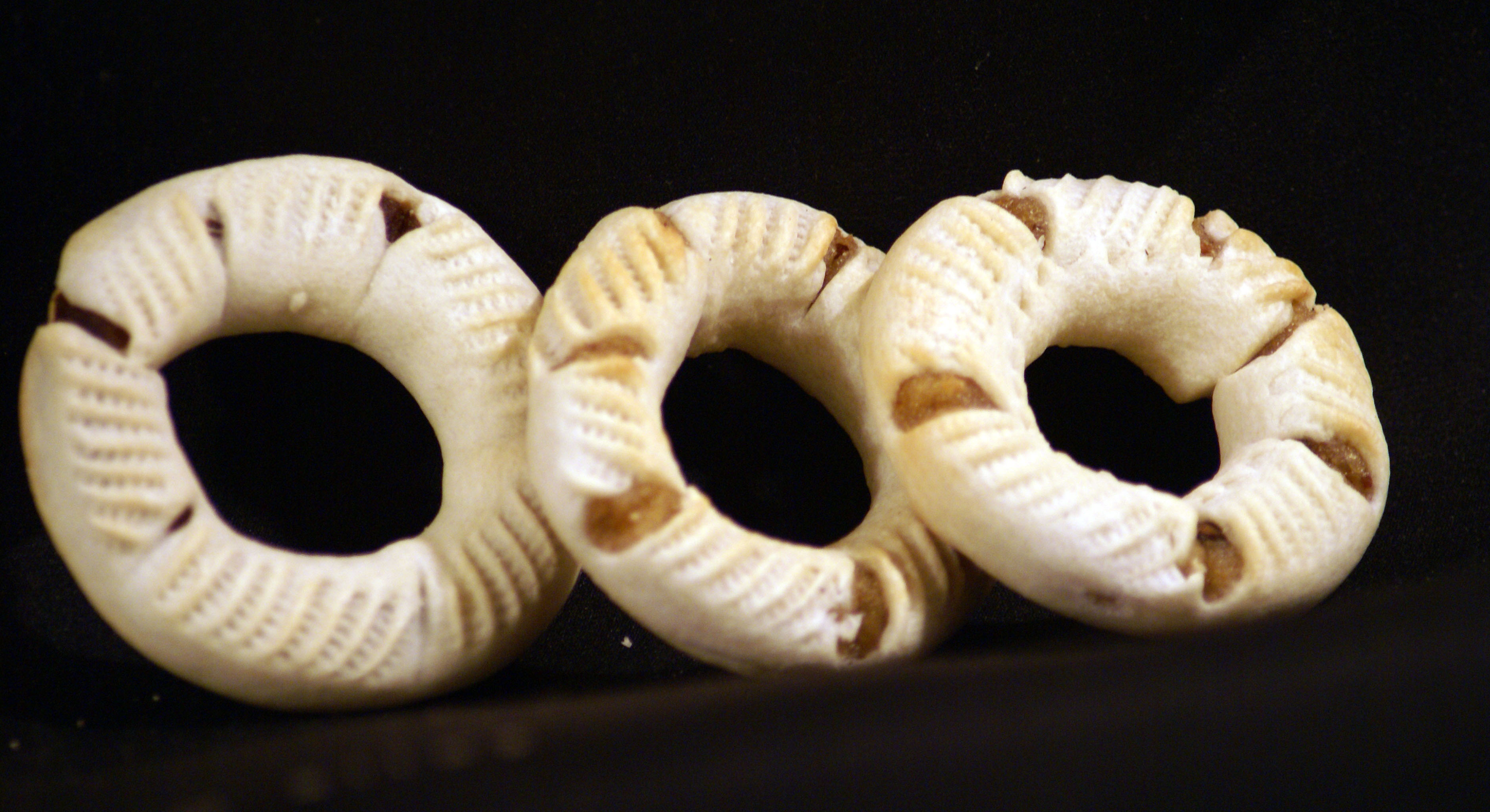Transforming news into infographics in one click
A click on the “Analyse” button: words and numbers light up in rapid succession. At the same time an infographic comes to life on the screen. But no magic is involved, rather it’s the work of sophisticated Machine Learning algorithms which, a few seconds after being given an article to work on, extract the salient data and arrange it visually.
The prototype ARIA (ARticle Infographic Assistant), conceived and developed by Sicilian Post and fully funded by the 5th Round of Google’s Digital News Initiative Fund, is now ready for its debut after a year in development. Able to run on Windows, Mac, smartphones and tablets, the digital assistant and its technological engine (which was designed by the Department of Mathematics and Information Technology at the University of Catania) rises to the challenge of the digital era and offers valuable aid in today’s newsrooms.
In the age of the internet, follow-up reporting presents brand-new challenges. As we have discovered through our experience at Sicilian Post, young readers are still interested in in-depth articles. However, in print and on-line alike, they are not as keen on reading long pieces. In this regard infographics are not only a means of presenting data, but also a new way of telling stories. On the other hand, designing engaging visual content on a regular basis requires skills and time which even the biggest news outlets may not have available. This observation was the inspiration for the idea to create software which is able to automate the entire process while being accessible to all journalists, no matter their technological or artistic prowess.
There are three fields of expertise for the prototype: recognition of percentages and associated items to create pie charts, bar charts and histograms; identification of dates and the relevant portion of text for transformation into timelines; extraction of toponyms which the software puts on an interactive map. Behind the scenes three specialized Natural Language Processing (NLP) algorithms power the tool.
Great care has been taken in making sure that the interface is easy to use while offering many customization options. This has driven the choice of a minimal style for the UI which makes it intuitive to make the desired changes. It only takes a copy and paste of a block of text to produce an infographic which then always stays on the screen. A collapsible menu contains all the options: from rectifying any mistakes in the data, which will contribute to improving future performances, to the choice of fonts and colour palettes, and choosing different icons to complement the infographics. The digital has never been so easy.




News Brief: June updates from the Google News Initiative | incloudhosting
3 years ago[…] Sicilian Post created the ARIA project, which allows journalists to automatically create illustrative graphics using data. This month, […]
News Brief: June updates from the Google News Initiative | 67nj
3 years ago[…] Sicilian Post created the ARIA project, which allows journalists to automatically create illustrative graphics using data. This month, […]
News Brief: June updates from the Google News Initiative – Grow Your Money Online
3 years ago[…] Sicilian Post created the ARIA project, which allows journalists to automatically create illustrative graphics using data. This month, […]
Comments are closed.